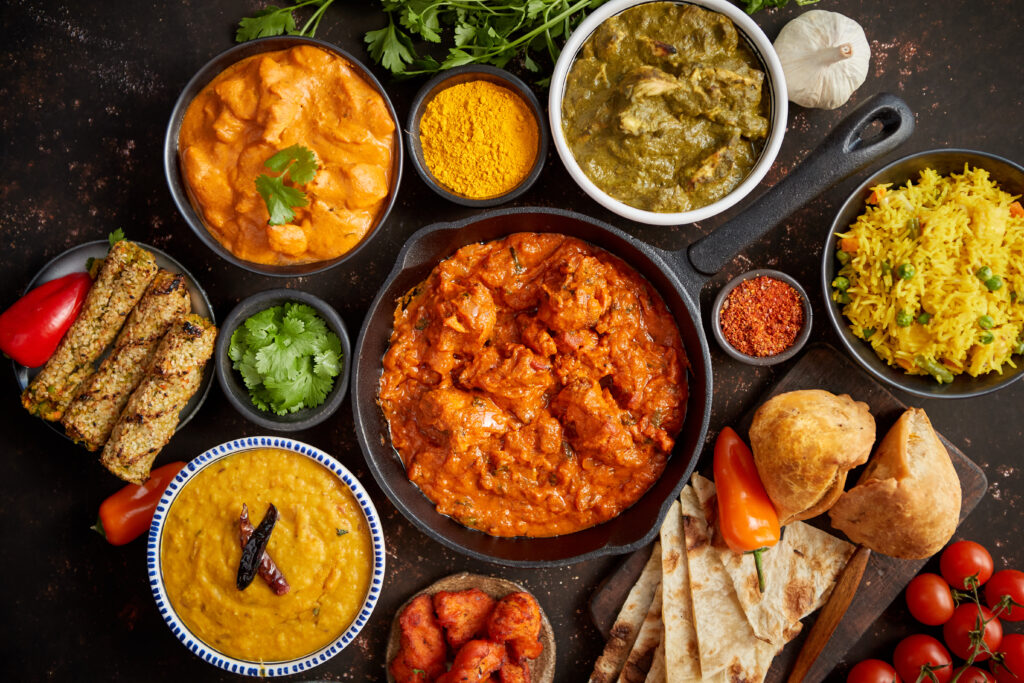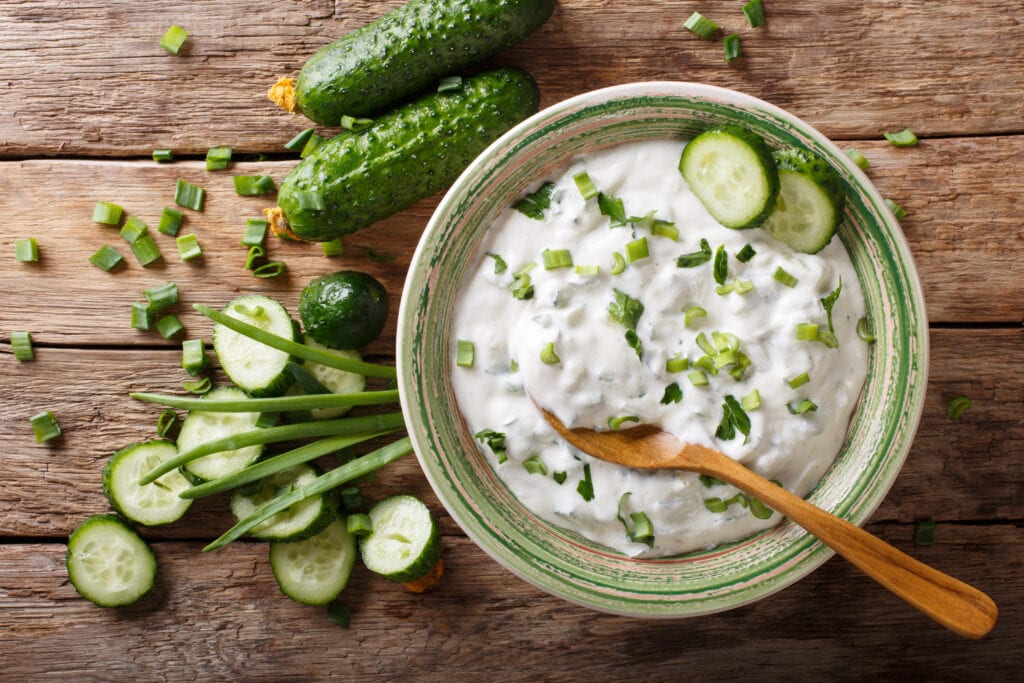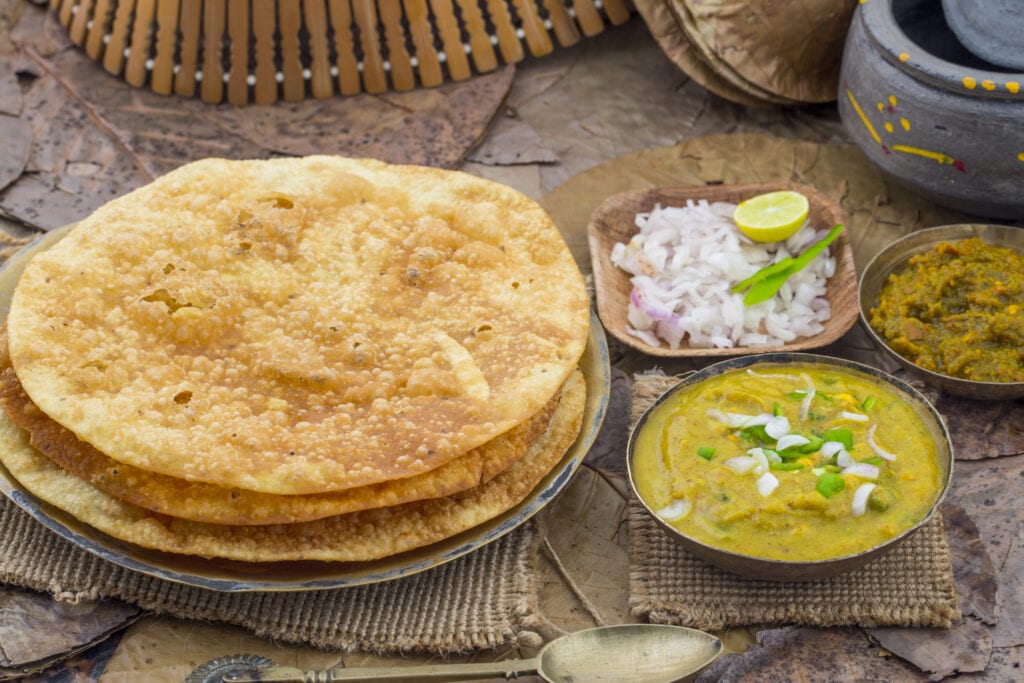
Introduction to Pakistani Cuisine
Biryani, Palau, and Nihari- we all are aware of these mouth-watering food delights in Pakistan. Pakistani cuisine is a rich, exotic, and irresistible collection of dishes. From the spiciness of the Qurma to the sweetness of Kheer, every meal in Pakistan represents the nation’s love for flavorful food. However, the details of this enthralling cuisine are yet to unravel. Read more!
Culture & History
Throughout the ages, Pakistani cuisine has got deeply influenced by various places. The earliest influence connects to the Aryans and Indus Valley Civilization, where people grew different spices, such as cardamom. However, the arrival of Islam to the region heavily influenced Pakistani cuisine.
As a Muslim-dominant nation, the cuisine follows the religious dietary guidelines (Halal). Thus, you will not find forbidden (Haraam) ingredients, such as pork and alcohol. Apart from this, the flavors of the Pakistani cuisine trace their roots back to the great Mughal dynasty. The signature spiciness and savory flavors have all originated from that time.
Regional Cuisines
Similar to other regions, Pakistani cuisine has regional cuisines due to the presence of four provinces. Let’s evaluate each regional cuisines!
- Sindh
The Sindhi cuisine comes from the natives of the province Sindh. Usually, they consume spicier chicken dishes. A famous recipe from the Sindhi cuisine is the flavorful Sindhi Biryani. In urban cities, such as Karachi, local cuisine has massive international cuisine exposure. Generally, people dine out at international cuisine or fast-food chains.
- Punjab
As an agricultural hub, Punjabi food is quite diverse. However, there is a likeness for meat-oriented dishes, such as Nihari. Another famous delicacy is the Murgh Cholay, in which the chickpeas and chicken get simmered with butter.
- Baluchistan
Balochi cuisine has a set of exotic dishes. People use traditional cooking methods to prepare meals, such as Dampukht and Sajji.
- KPK
Unlike the rest of the Pakistani cuisine, the KPK cuisine uses minimal spice and gives preference to the lamb meat. Some famous dishes include Chapli Kebab and Kabuli Palau.

Meal Pattern
Usually, the Pakistani cuisine comprises of three meals, including breakfast, lunch, and dinner. A typical Pakistani breakfast consists of eggs, bread, Paratha, fruits, and tea. On Sundays, there are particular meals like Halwa Puri, Cholay, and Paye.
As for lunch and dinner, people usually eat dishes, including rice and curry. Lentils are a popular choice at lunch, which gets accompanied by yogurt, salad, and pickle. The recipes requiring more time and preparation get served at dinner time. These get followed by traditional desserts, such as Kheer, Halwa, and Sweets. Sometimes, fresh fruits get eaten after dinner.
Perhaps, the most intimidating unofficial meal of the day is teatime. Before the sunsets, the aroma of tea brewing rises from every single household. Along with tea, people consume snacks bought from food-stalls or prepared at home. These snacks usually get fried or baked, including Samosa, Kachori, Sandwiches, Fries, Biscuits, Cakes, and Rusk.
But, this pattern shifts in the holy month of Ramadan with two meals, including Sehari and Iftari. Also, there is a common practice of eating meals around a Dastarkhan (cloth). At restaurants, people sit cross-legged on Takhts (raised platforms) to savor their meals.

Main Components of Pakistani Cuisine
Although Pakistani cuisines use a diversity of ingredients, some form the essence of the dishes. Below are the major components of Pakistani cuisine, read more.
- Wheat Flour
The wheat flour is a staple pantry item in all the Pakistani households. Primarily, it is because Pakistanis consume pita bread or roti a lot, which gets prepared from wheat flour. Every meal remains incomplete without a pile soft, steaming hot roti. There are several types of roti, including naan and Chapati.
- · Rice
Rice is the main ingredient of Biryani and Palau, which are the two most loved dishes of Pakistan. Also, plain boiled rice gets served along with lentils and Daal. Apart from this, rice gets used to make a popular traditional dessert called Kheer.
- Meat/Chicken
From cow to goat, Pakistani cuisine involves all types of meat. Chicken is also a popular option in daily meals. People mix meat/chicken with different vegetables to make innovative curries.
- Lentils
Pakistan is an agro-based country, which accounts for the various types of lentils available. People cook lentils almost daily at lunch as it takes minimal preparation time and is protein-rich.
- Potato
Perhaps, potato plays a more prominent role in Pakistani street food culture. From fries to Aloo ka Samosa, the potato seems to be everywhere!
- Spices
Turmeric, Chili powder, Black pepper, and Chat Masala are only a few spices used in Pakistani food. Every single Pakistani dish has at least five to six different spices. It is the heavy usage of spices that gives Pakistan its unique food culture.
Leave your comment
You must be logged in to post a comment.